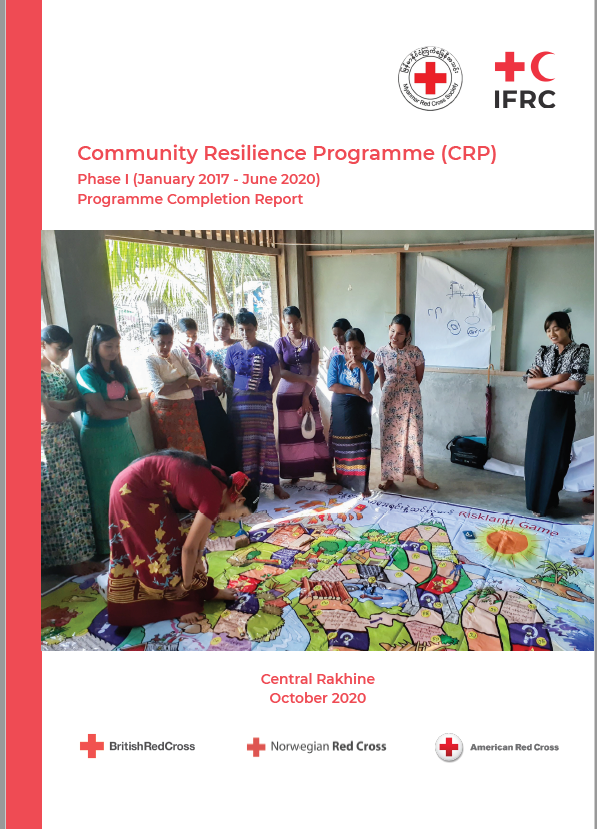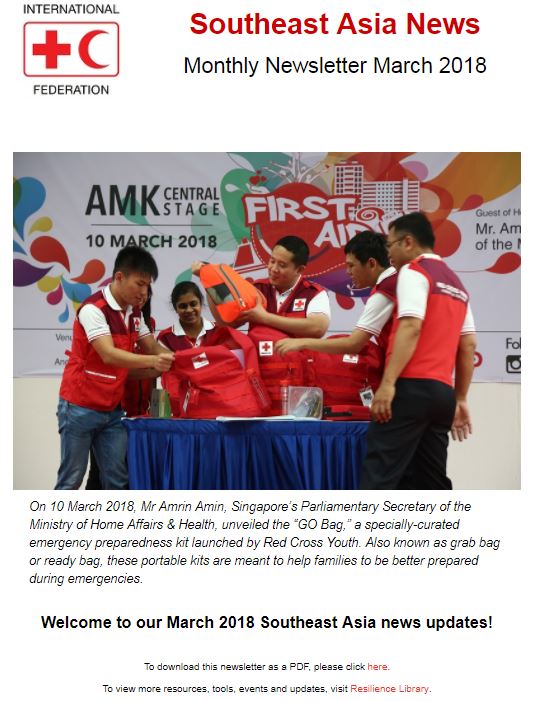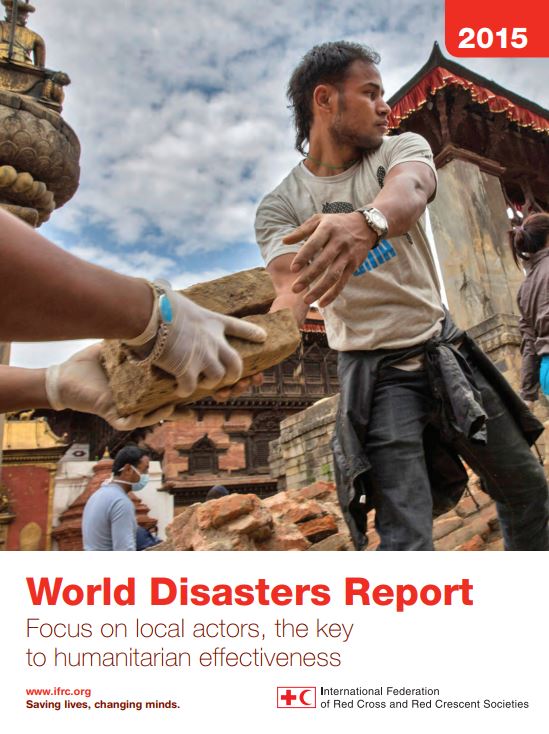Eighth Practitioners’ Workshop | 23-25 November 2015 | Bangkok, Thailand
The 8th Practitioners’ Workshop on Risk Reduction and Resilience in Asia was organized by the Asian Disaster Preparedness Center (ADPC) with the aim to provide a unique opportunity for practitioners and organizations to jointly reflect on the outcomes of the Third World Conference on Disaster Risk Reduction which took place in Sendai, Japan in March 2015. The workshop was organized by and for practitioners with relevant technical expertise and knowledge of risk reduction in Asia. The participants had the opportunity to identify ways to translate the Sendai commitments into practice and implement the framework on the ground – putting policy debates aside.
The workshop program focused on four themes:
- Enhancing Community Resilience
- Expanding Preparedness for Response
- Innovation and Risk-Informed Development
- Mainstreaming DRR Within and Across Sectors – Focusing on Agriculture and Resilient Livelihoods
A total of 144 participants took part in the workshop, coming from, among others: UN agencies: FAO, UNDP, UNESCAP, WFP, WHO.
Workshop Documents
- Brochure
- Concept Note
- Agenda
- Participants Bio
- Theme Map 1
- Theme Map 2
- Theme Map 3
- Theme Map 4
- Report on Risk Reduction & Resilience in Asia: Unpacking the Post 2015 Agenda
- Report on RCRC Participation in 8th Practioners’ Workshop
![]()
World Disasters Report 2015 – Focus on local actors, the key to humanitarian effectiveness
Local actors are often the most effective in conducting humanitarian operations. However, despite their critical role, they struggle to attract the funding and support they need.
The 2015 World Disasters Report – launched today by the International Federation of Red Cross and Red Crescent Societies (IFRC) – examines the complexities and challenges local actors face in scaling-up and sustaining their humanitarian response.
Although widely recognized, the effectiveness of local or national humanitarian organizations is not reflected in humanitarian financing or coordination structures. The Report found, for example, that just 1.6 per cent of funding for humanitarian assistance is channeled directly to national and local NGOs.
It presents the case for a shift towards the “localization” of aid and a more equal partnerships between international and local actors.
“Local actors are always the first to respond. In 2015, we saw local people and organizations at the centre of operations rescuing thousands trapped in the rubble after the earthquake in Nepal, setting up evacuation centres in the wake of Cyclone Pam in Vanuatu, and on the frontline of the protracted conflict in Syria,” said Elhadj As Sy, the Secretary General of the IFRC.
“But their effectiveness goes beyond their proximity. Local groups, including National Red Cross and Red Crescent Societies, are effective because of the perspective they bring, their understanding of language and cultural norms, and because they are permanently present in communities and able to accompany them to address risks before disaster strikes.”
![]()





